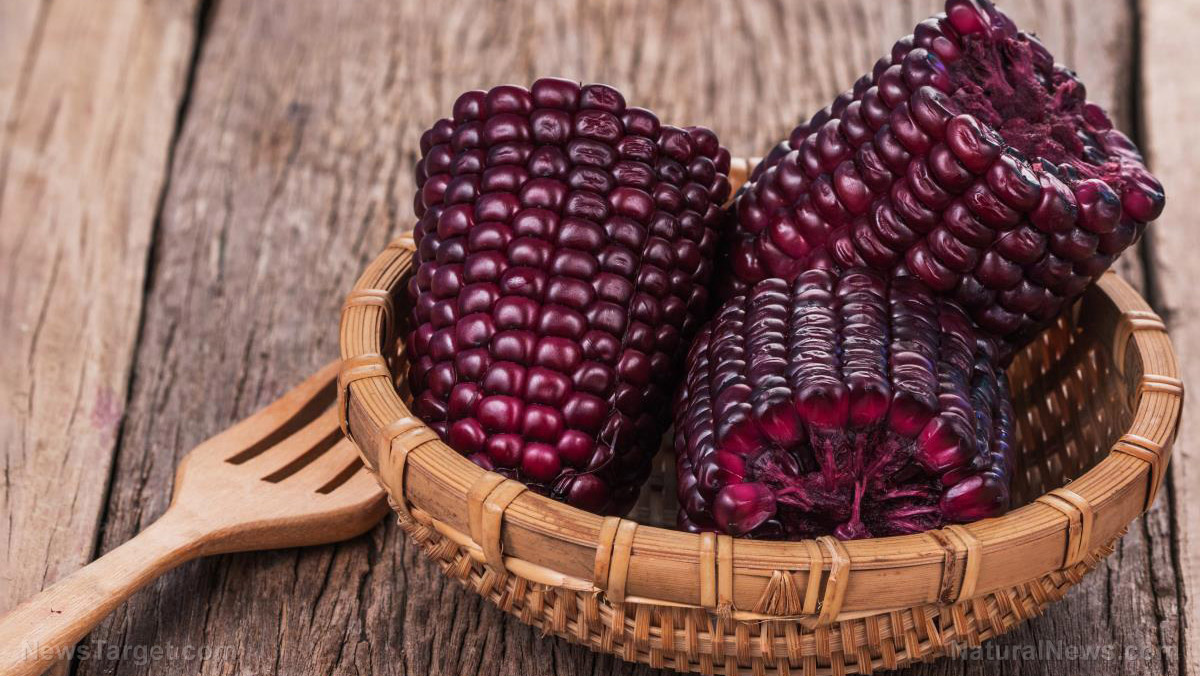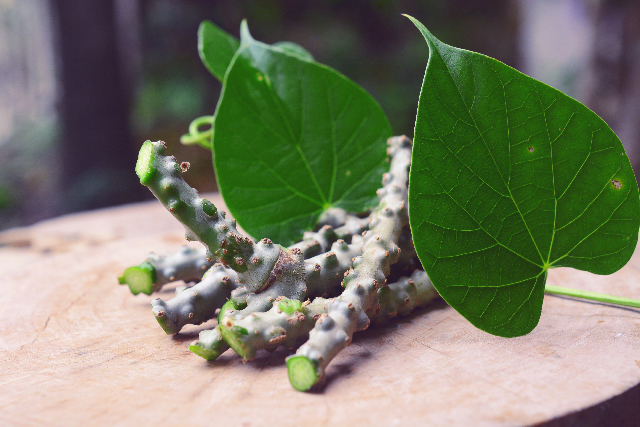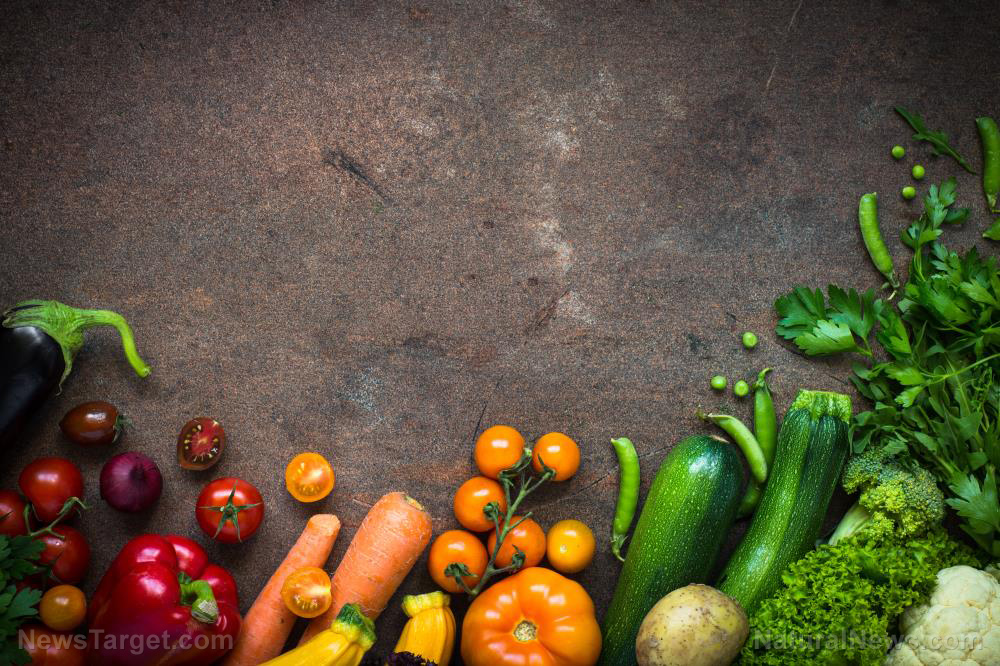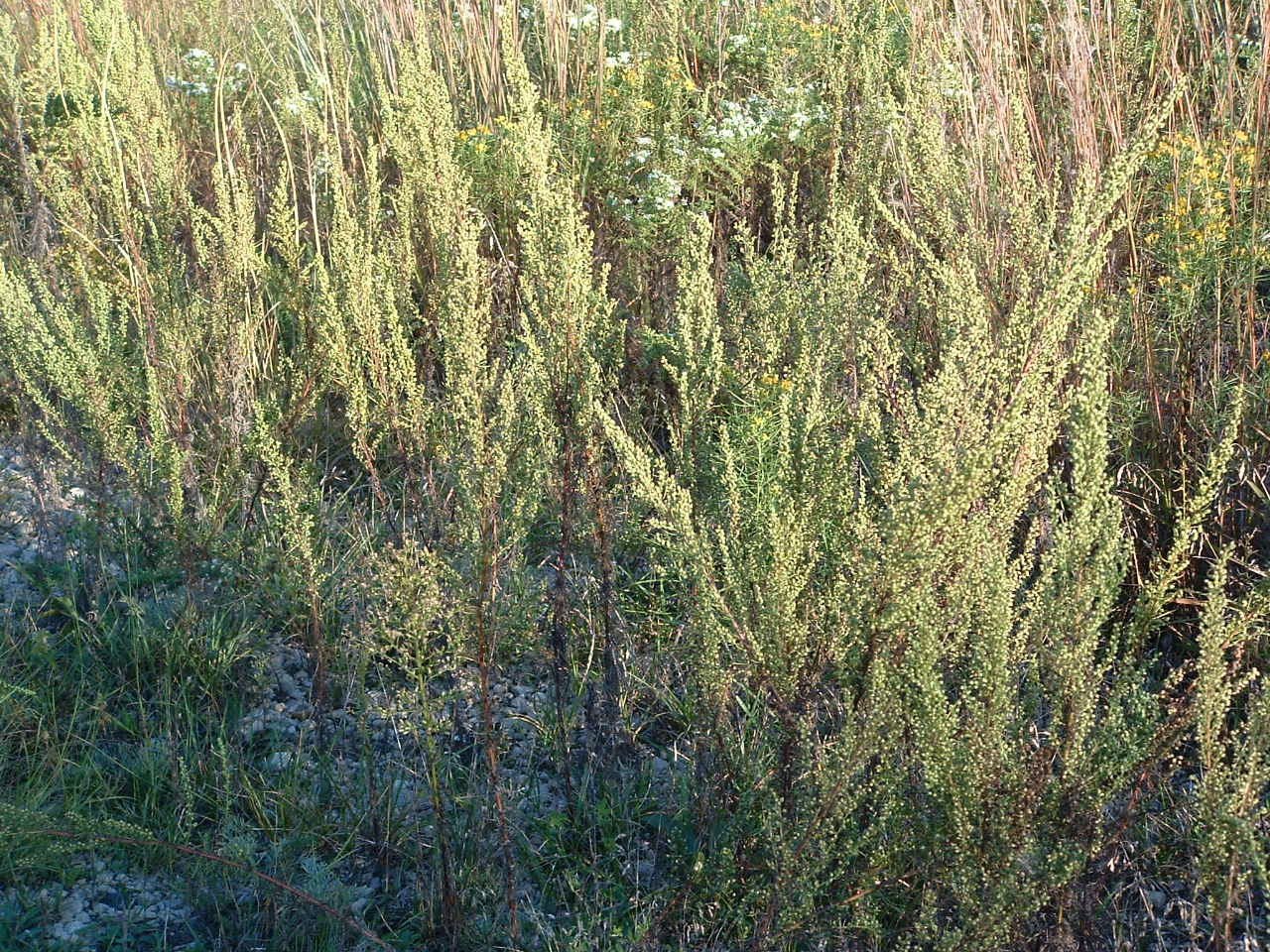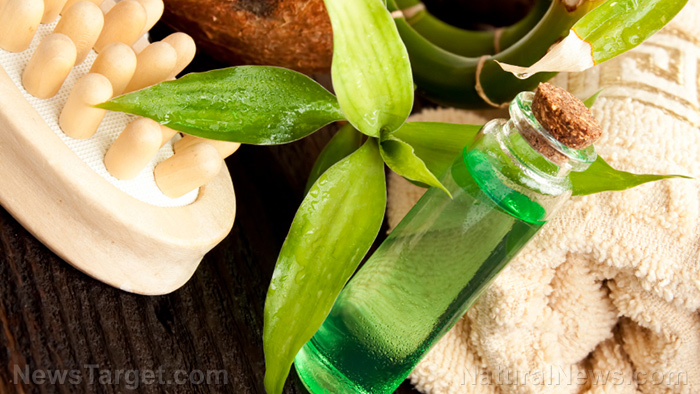How to grow herbs in a jar of water
11/03/2018 / By Zoey Sky
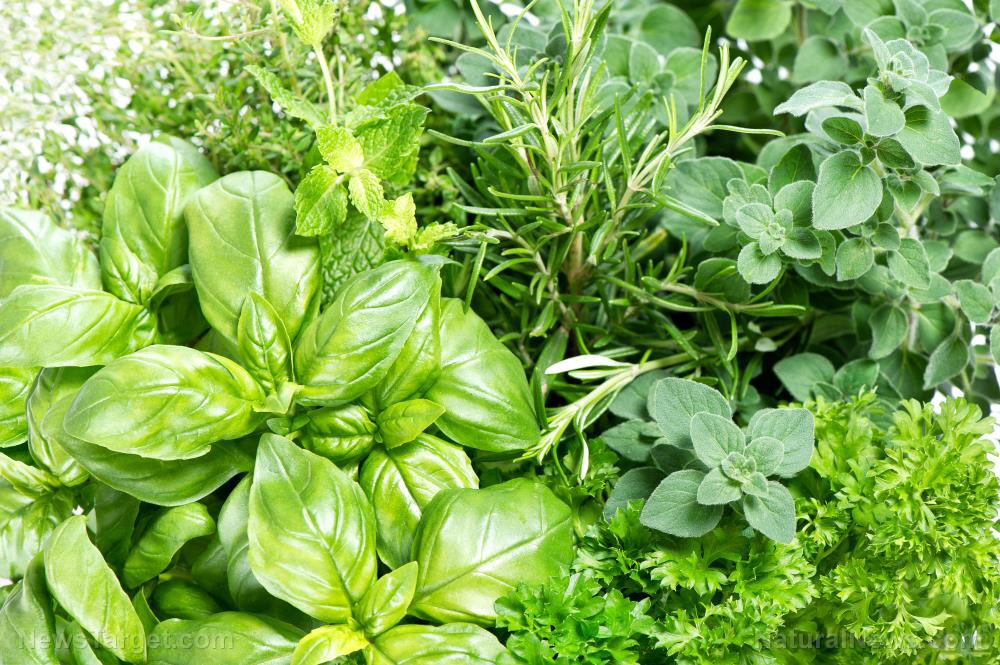
Cooking with different herbs can enhance the flavor of any savory dish. If you use a lot of herbs when you’re cooking, then why not grow your own herbs in a water-filled jar?
Even if these herbs are grown in water, they’re just as flavorsome as those grown in a garden. This technique is useful if you live in a small apartment or if you just want to grow more herbs indoors.
The video below, which was uploaded on the official Natural News Brighteon channel, lists some popular herbs that can grow in a container filled with water.
Watch the full Brighteon.com video here:
6 Herbs you can grow indoors
To grow herbs in water, you will need an area that regularly receives sunlight, like a balcony or a back porch.
Even without any soil, you can cultivate these herbs indoors all-year round.
- Basil – Basil grown in a jar of water requires at least six to eight hours of sunlight every day.
- Lemon balm – You can use lemon balm to make a tea that can help reduce anxiety and relieve indigestion. Lemon balm grown in a jar of water requires a lot of sunshine.
- Oregano – Fresh oregano can be used immediately on a variety of savory dishes. You’ll need cuttings of fresh growth to cultivate oregano in a jar of water. Pinch the growing tips as soon as the herb starts growing.
- Rosemary – This herb thrives in sunlight or partially shaded areas. (Related: Rosemary is one of the easiest herbs to grow.)
- Sage – Sage is a popular choice for gardeners who want to grow herbs for holistic purposes. Sage doesn’t need a lot of water and it should be kept in moderate sunlight.
- Thyme – Thyme leaves can be used when cooking, and its flowers can also be eaten. Thyme grown in a jar of water needs plenty of sunlight, so keep them near a brightly lit window.
Tools for growing herbs in water
To grow herbs in water, you will need several things.
100% organic essential oil sets now available for your home and personal care, including Rosemary, Oregano, Eucalyptus, Tea Tree, Clary Sage and more, all 100% organic and laboratory tested for safety. A multitude of uses, from stress reduction to topical first aid. See the complete listing here, and help support this news site.
Containers
You can grow herbs in water using containers like Mason jars, other glass bottles, or plastic bottles. Since roots often tend to grow away from light, colored bottles, like amber-colored ones, are perfect for water-grown herbs. To keep the root zone in the dark, wrap a piece of paper around the bottle. Doing this helps prevent the growth of algae on the container walls and on the root surface. Algae won’t negatively affect plant growth, but they can make bottles look untidy.
Narrow-mouthed containers can help support the cuttings and keep them upright. Just make sure the mouth of the container isn’t too narrow or tight-fitting around the cutting. The roots need to breathe, and the mouth of the container must allow for proper air circulation.
When using a wide-mouthed container, you can cover the top with nylon or wire netting. Carefully insert the cuttings through the holes, which will offer some support to the cuttings. In warmer areas, netting will also prevent mosquitoes from laying eggs in the water.
Plant cuttings
Soft cuttings can root quickly in water and they don’t require rooting hormones. If you already have herbs growing in your yard and you want to grow more herbs indoors, cut off some six-inch sections from growing tips and put them in the water-filled jars.
Pluck lower leaves from cuttings and trim the lower tips close to the nodes where the roots are growing. Once the cuttings are placed in containers, no leaves should be touching the water. Leaves can rot easily, and they may spoil the water, just like they do in flower vases.
Rosemary, which is a woody cutting, can take longer to root. Be patient and replace the water once a week without disturbing the cuttings. The roots will start growing between two to six weeks. During this period, you won’t need to change the water as often.
Water
When growing herbs indoors, root herb cuttings can be placed in glass jars with plain water. Use tap water that has been left to air overnight or stored rainwater. The best kind of water to use is spring water or well water since they may contain some dissolved minerals that are good for herbs.
See the full guide on growing herbs in water by watching the video, which you can view at this link.
Browse more articles with tips on how to grow herbs indoors at HomeGardeningNews.com.
Sources include:
Tagged Under: basil, Brighteon, food independence, food supply, gardening, green living, Herbs, home garden, home gardening, Homestead, homesteading, how-to, Lemon Balm, off grid, oregano, organics, preparedness, prepper, prepping, Rosemary, sage, sustainable living, thyme

